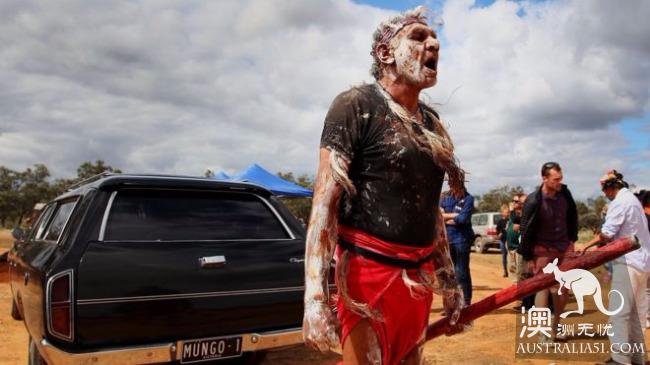For decades, the remains of Australia`s oldest man, an aboriginal man who died about 42, 000 years ago, have been preserved at a university in Canberra.
But the remains of the man, known as the Mongo, were sent to his hometown in the new state on Friday, and the natives held a ceremony for him.

Aboriginal Australians have long demanded that Mongo`s remains return to their hometowns.
The discovery of Mongo`s remains in 1974 helped rewrite Australian history.
The study determined that the Mongo were buried at a complex funeral, redefining the scientific understanding of early Australians.
Who`s Mongo?
In 1974, geologist Jim Bowler exhumed the remains of the Mongo at a dry lake in Mongo National Park, about 750km west of Sydney. Bowler also found a human remains called the "Mongo Girl" in 1967.
The Montgomery skeleton was sent to the Australian National University for research.

The carbon dating shows that the skeleton is about 42, 000 years old, the oldest known human skeleton in Australia.
Scientists believe that the Mongo is a hunter and fruit collector who suffers from arthritis and died at the age of about 50.
He lay on his back and was buried, his hands crossed over his waist, and his body covered with red ochre. Scientists believe ochre may well have come from a 200-kilometer burial site.
Indigenous people in the region have been calling for his remains to be taken home.

Representatives from Mutthi Mutthi, Ngiyampaa and Paakantji/Barkandji held a ceremony to celebrate his return home.
He will be buried in a secret place in Mongo National Park (Mungo National Park). Mongo had been sent back to her hometown in 1991.
The National University announced in 2015 that it had given up the remains of the Mongo and apologized for moving him.
Over the past two years, Mongo`s remains have been kept at the Australian National Museum in Canberra, waiting for plans to return home.
The recovery of ancestral remains has been a source of suffering for Aboriginal Australians. Supporters say many skeletons have been removed without indigenous permission, and have not been returned, and some have been kept in museums overseas.
In July, archaeologists discovered the first evidence that Australia`s aborigines are at least 65, 000 years old.

